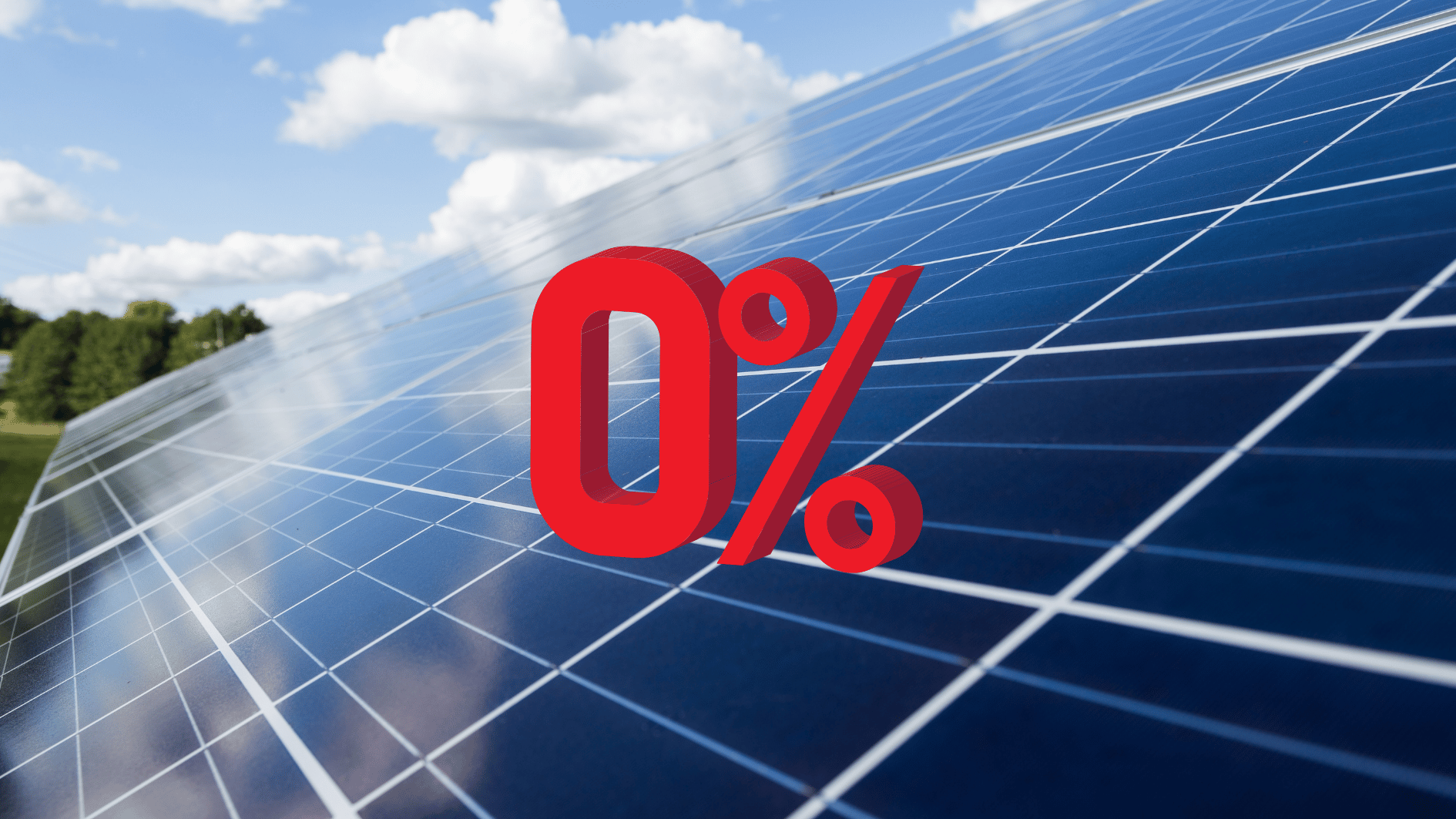Image source: Canva.com
Power Purchase Agreements (PPAs) have emerged as a popular financing option for homeowners and businesses looking to adopt solar energy without the burden of upfront costs. These agreements offer a unique way to enjoy the benefits of solar power by allowing you to purchase electricity generated by solar panels installed on your property, typically at a lower rate than what you’d pay your utility company. But what exactly are PPAs, and how do they work? This guide provides everything you need to know about PPAs, from how they differ from other solar financing options to the potential benefits and drawbacks of entering into such an agreement. Whether you’re considering a PPA for your home or business, understanding the ins and outs of these contracts will help you make an informed decision about your solar energy investment.

Solar Leases vs. PPAs: Weighing Convenience Against Long-Term Savings
Understanding Solar Power Purchase Agreements (PPAs)
A solar power purchase agreement (PPA) offers a way to finance a solar panel system similar to leasing or renting. In a PPA, a solar company or financier covers the upfront costs of purchasing and installing solar equipment on your property. While the solar panels are located on your roof, the ownership and responsibility for maintenance rest with the PPA provider.
These panels generate electricity to power your home, reducing your monthly utility bills. In return, you agree to pay the system owner (either the PPA financier or solar company) a predetermined rate for each kilowatt-hour (kWh) of electricity produced by the solar system. Essentially, you’re purchasing the solar power generated, hence the term “PPA.” This rate is typically lower than what your utility charges for grid electricity.
Unlike solar leases, PPA charges fluctuate based on the system’s monthly electricity production. Since solar panels generate more electricity in summer than winter, PPA payments often peak in summer months, offsetting utility costs.
Most residential solar PPAs require $0 down payment. Some providers offer prepaid PPA options where you can pay the entire agreement upfront, though this is less common.

Solar Savings: Finding the Best Financing for Zero-Down
Advantages of PPAs
Like all financing options, choosing a solar PPA comes with its own set of pros and cons. Here are the advantages:

$0-down
Most solar PPAs require no upfront payment, allowing you to start benefiting from solar electricity without initial costs. However, it’s essential to note that other financing options, such as loans and leases, also offer $0-down alternatives.

No maintenance
With a solar PPA, you aren’t responsible for maintaining the solar panels on your roof. Any necessary maintenance or repairs are the responsibility of the PPA provider. In contrast, owning your system means taking care of maintenance, although solar panels typically require minimal upkeep and come with multiple warranties.

Electricity bill savings
While not as significant as owning a solar system outright, PPAs still offer savings on your electricity bills. On average, they can reduce electricity costs by 10-20%. For a household spending $118 monthly on electricity, this translates to savings ranging from $141 to $283 in the first year alone, accumulating over the PPA’s typical 20-year term.
Disadvantages of PPAs
Consider these drawbacks when weighing solar PPAs against other financing options:

Lack of solar incentives
With a PPA, you don’t own the solar panel system, so incentives like the federal investment tax credit (ITC), solar renewable energy certificates, and local rebates go to the PPA provider, not you. This might not affect everyone, but it’s crucial to consult with a tax advisor, especially if you’re retired and don’t owe taxes.

No added property value
Unlike owning a solar system, PPAs don’t increase your home’s value. Selling a home with an active PPA can complicate matters as the new owner must either assume the contract or you may need to buy out the lease and remove the panels.

Annual escalators
Some PPAs include annual rate increases, assuming utility rates will rise faster. Ensure you understand these terms to avoid potential higher costs down the line.

Variable monthly charges
PPA payments fluctuate based on solar production, making budgeting less predictable compared to fixed payments with leases or loans.
Determining If a Solar PPA Is Right for You
Choosing a PPA depends on personal preferences and financial goals. Ownership through a solar loan typically offers greater long-term savings due to tax incentives and eventual cash flow from energy savings. However, if tax incentives aren’t beneficial or loans aren’t feasible, a PPA provides a straightforward way to adopt solar.
Find Your Ideal Financing on SolarWiki!
Just as you wouldn’t buy a car without comparing options, explore multiple solar quotes on SolarWiki. Whether you’re considering loans, leases, or PPAs, or want to compare all three, customize your preferences to receive tailored financing options. For a quick estimate of solar savings, try our Solar Calculator.





